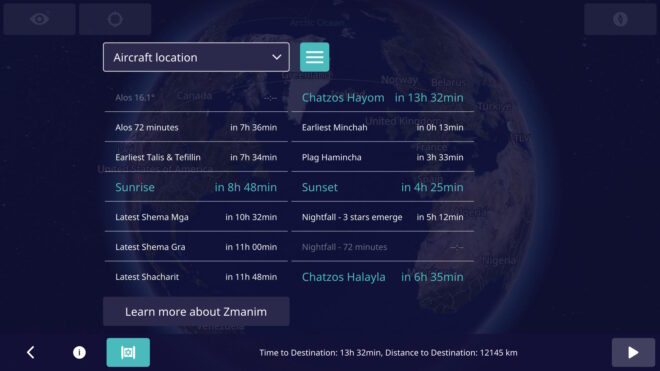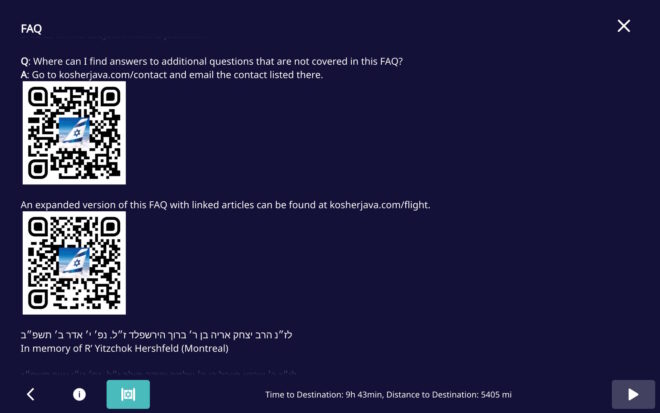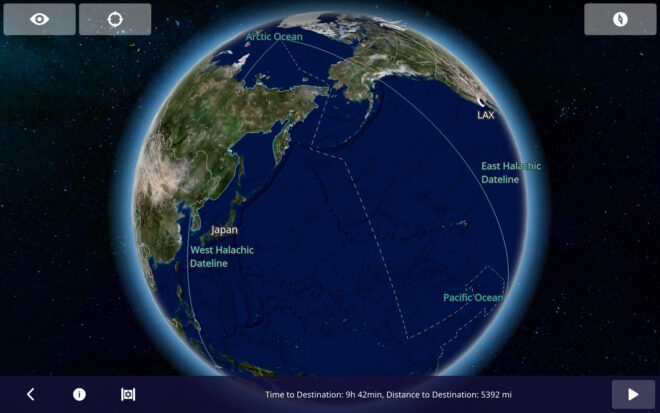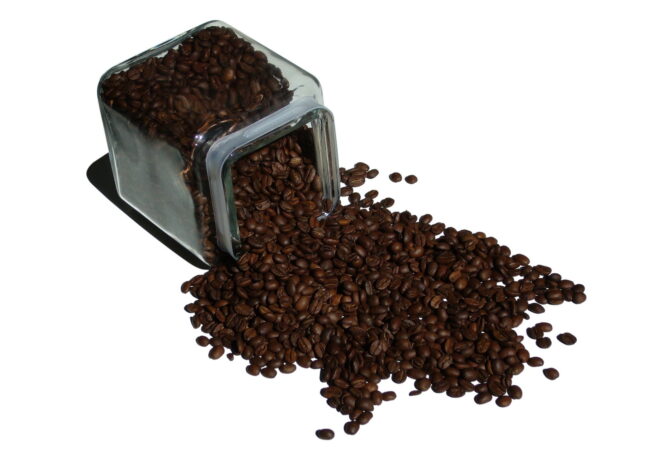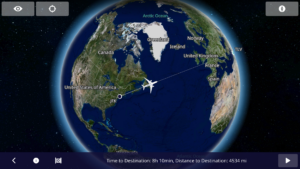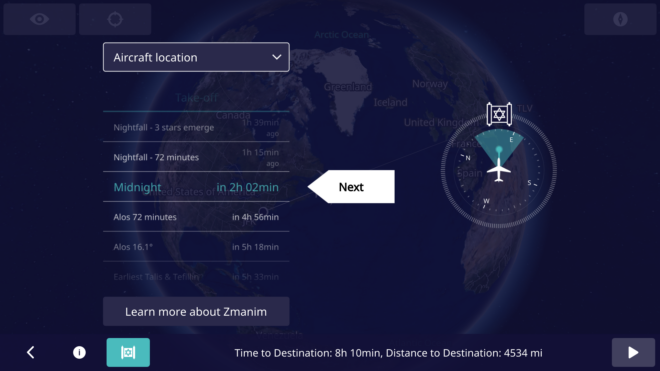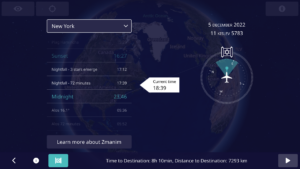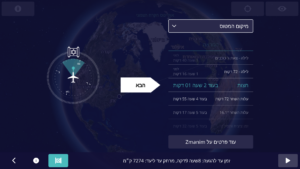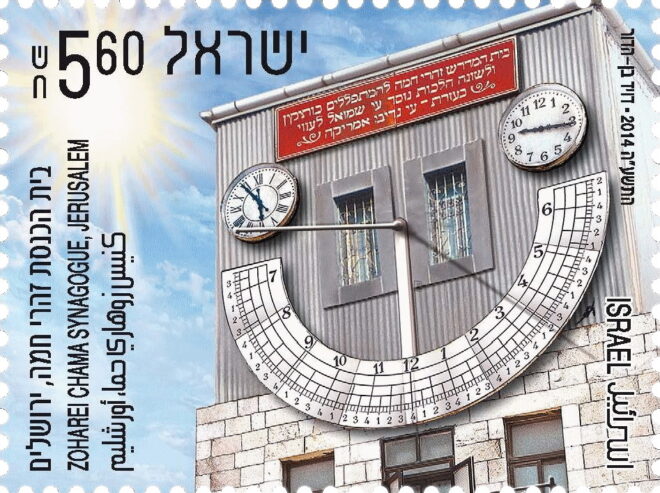There are times when updates to the database are not released until after the changes take effect, and there are cases where the announcements are made very shortly before they take effect. An example of this was Lebanon’s 2023 change and reversal. On Mar 23, 2023 Lebanon announced that the DST that had been scheduled to start 2 days later on Mar 25 was being postponed to Apr 20. The IANA time zone database 2023b was released a day later on Mar 24 (2 days after the 2023a release). On Mar 27 they announced that they were moving to DST on Mar 29. On Mar 27, 2023c was released that restored an identical version to what had been released in 2023a.
Here is a timeline from the 2024a update for Kazakhstan (that has a small Jewish community impacted by the change). The change unified time zones for the entire country (that stretches 3,000 km /1,900 mi from east to west and geographically spans 4 time zones) from two (UTC+6 and UTC+5) to one UTC+5 zone. The timeline shows that despite being on top of things, you can’t always ensure that you are up to date.
Below are the basics for keeping your system’s time zone database up to date. Note that there are times when the announcements of changes do not give much warning, and it is not always possible to keep perfectly up to date on some platforms. If you have information on languages and systems not covered here, please post information in the comments section.
For many systems, cron or other jobs are needed to keep the database updated on a regular schedule. For many, a restart of the system may be required.
There is an additional set of complexities for time zones for mobile devices. While this affects Macs and possibly Windows, very few if any are using native zmanim apps on those platforms.
To give an idea of the scope of time zone changes (that some assume are rare or trivial), here is a list of changes to the database. The year 2009 sticks out with 21 published changes to the database, but as you can see, there are many years numerous changes published. This list excludes technical, historical (where there are corrections to the history of time zone changes years after the fact) and some irrelevant changes. There are many examples where a location made changes more than once a year, and those are not broken out. You can see some patterns here of countries that change very often. Ramadan is a cause of many changes in Muslim countries.
| Year |
Updates |
Updated areas and Zones |
| 2025 |
2 |
Paraguay to use DST (-3) all year, New zone for Aysén Region in Chile (America/Coyhaique). |
| 2024 |
2 |
Kazakhstan (unified Asia/Almaty and Asia/Qostanay). Improve historical data for Mexico, Mongolia, and Portugal. |
| 2023 |
4 |
Egypt, Palestine, Morocco, much of Greenland and Lebanon. |
| 2022 |
7 |
Chile, Palestine, Iran, Jordan, Syria, Mexico (except near the US border), Chihuahua, Fiji, northern edge of Chihuahua, much of Greenland). |
| 2021 |
5 |
South Sudan, Jordan, Samoa, Fiji, Palestine |
| 2020 |
6 |
Morocco, Canada’s Yukon, Casey (Antarctica), Fiji, Palestine, Volgograd. |
| 2019 |
3 |
Metlakatla, Palestine, Brazil, Fiji, Norfolk Island. |
| 2018 |
8 |
São Tomé and Príncipe, Brazil, Palestine, North Korea, Volgograd, Fiji, most of Chile, Morocco, Qyzylorda (Kazakhstan) and Metlakatla, Alaska. New zone Asia/Qostanay. |
| 2017 |
3 |
Mongolia, Chile, Haiti, Northern Cyprus, Fiji, Namibia, Sudan, Tonga, Turks & Caicos. |
| 2016 |
10 |
America/Cayman, Asia/Chita, Palestine, Asia/Tehran, America/Metlakatla, Asia/Sakhalin, Azerbaijan, Chile, America/Caracas, Asia/Magadan, Africa/Cairo, Asia/Novosibirsk, Turkey, Pacific/Tongatapu, Tonga and Antarctica/Casey. New zones Europe/Astrakhan and Europe/Ulyanovsk, Asia/Barnaul, Asia/Tomsk, Europe/Kirov, Asia/Famagusta, Europe/Saratov. |
| 2015 |
7 |
America/Cancun, Chile, Mongolia, Palestine, Egypt, Morocco, North Korea, Moldova Turkey, Norfolk, Fiji’s, Fort Nelson (BC, Canada). |
| 2014 |
10 |
Turkey, Fiji, Crimea, Egypt, Morocco, Russia (Magadan Oblast, Zabaykalsky Krai, Chukotka Autonomous Okrug, Kamchatka Krai, Kemerovo Oblast, Samara Oblast), Udmurt Republic, Turks & Caicos, Fiji, Quintana Roo (Mexico), Chile. New zones Asia/Chita, Asia/Srednekolymsk and Pacific/Bougainville |
| 2013 |
9 |
Chile, Haiti, Paraguay, Morocco, Palestine, Fiji, Tocantins, Israel, Jordan, Libya, Western Sahara, Acre, western Amazonas, Cuba. New Zones Asia/Khandyga, Asia/Ust-Nera, Europe/Busingen |
| 2012 |
10 |
Armenia, Tokelau, Chile, Falkland Islands, Cuba, Morocco, Haiti, Fiji, Samoa, Palestine, Bahia, Tocantins, Israel, Jordan, Libya. New zone America/Creston |
| 2011 |
14 |
America/North_Dakota/Beulah (Mercer County, North Dakota, Chile, Annette Island (Alaska), Samoa, Cuba, Turkey, Morocco, Palestine, Falkland Islands, Egypt, Russia, Newfoundland, Belarus, Ukraine, Tiraspol (Moldovia), Bahia (Brazil) and Fiji. New Africa/Juba (South Sudan) zones. |
| 2010 |
15 |
Mexico, Paraguay, Bangladesh, Samoa, Fiji, Chile, Dhaka, Australian (Antarctic), Kamchaatka, Anadyr, Samara, Tunisia, Pakistan, Morocco and Egypt. New “Bahia_Banderas” time zone added. |
| 2009 |
21 |
Cuba, Morocco, Tunisia, Argentina and Syria, Palestine, Jordan, Pakistan, Egypt, Bangladesh, Dhaka, Mauritius, Samoa, Fiji and Resolute |
| 2008 |
9 |
Chile, Cuba, Argentina, Morocco, Pakistan, Choibalsan (Mongolia), Brazil, Iraq (abandons DST). Mauritius’s 2008 DST experiment, and some localized Brazilian time zone realignments. |
| 2007 |
11 |
Asmara, Easter Island, Syria, Honduras, New Zealand, Australia (for 2008), America/Indiana, Brazil, Egypt, Iran, Venezuela, Cuba and Argentina. |
| 2006 |
16 |
America/Indiana and America/New Brunswick (Canada), Haiti, Sri Lanka, Egypt, Syria, Uruguay, Honduras, Bermuda, Moncton, Blanc-Sablon and Western Australia. |
| 2005 |
14 |
Uruguay, Kyrgyzstan … |

